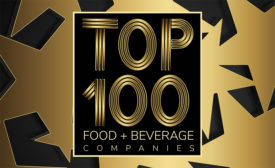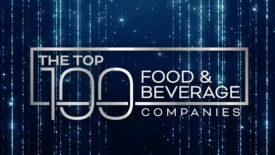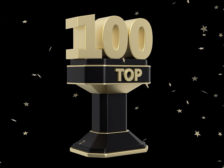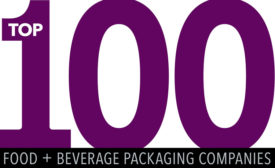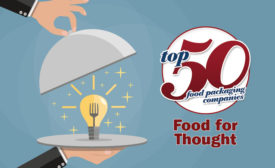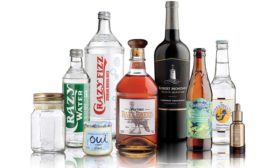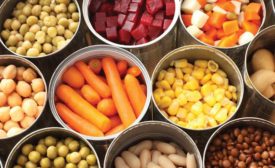Home » Keywords: » packaging industry reports
Items Tagged with 'packaging industry reports'
ARTICLES
Spotlight Feature
2022 Top 100 Food and Beverage Packaging Companies
Consumer behavior has changed significantly since last year. See which food and beverage corporations benefited from the change and which took a loss.
August 8, 2022
Spotlight Feature
2021 Top 100 Food and Beverage Packaging Companies
Coping with COVID-19: How the top food and beverage companies managed the unthinkable.
August 19, 2021
Spotlight Feature
2020 Top 100 Food and Beverage Packaging Companies
Recent trends in the Food and Beverage sector have come out of the coronavirus pandemic.
August 4, 2020
Spotlight Feature
2019 Top 100 Food & Beverage Packaging Companies
Many food and beverage giants have dialed in to consumer tastes and incorporated healthier options, as well as extended lines with on-trend products.
August 9, 2019
Cover Story
Top 50 Food Packaging Companies of 2018
Changing consumer tastes create challenges for food industry giants seeking to feed their hunger for growth.
July 11, 2018
Cover Story
Packaging Outlook 2018: Glass Packaging Overview
This report is an excerpt from the 2018 Packaging Outlook Report, featured in Packaging Strategies NEWS.
March 1, 2018
Cover Story
Packaging Outlook 2018: Metal Cans Packaging Overview
This report is an excerpt from the 2018 Packaging Outlook Report, featured in Packaging Strategies NEWS.
March 1, 2018
Cover Story
Packaging Outlook 2018: Paperboard Packaging Overview
This report is an excerpt from the 2018 Packaging Outlook Report, featured in Packaging Strategies NEWS.
March 1, 2018

